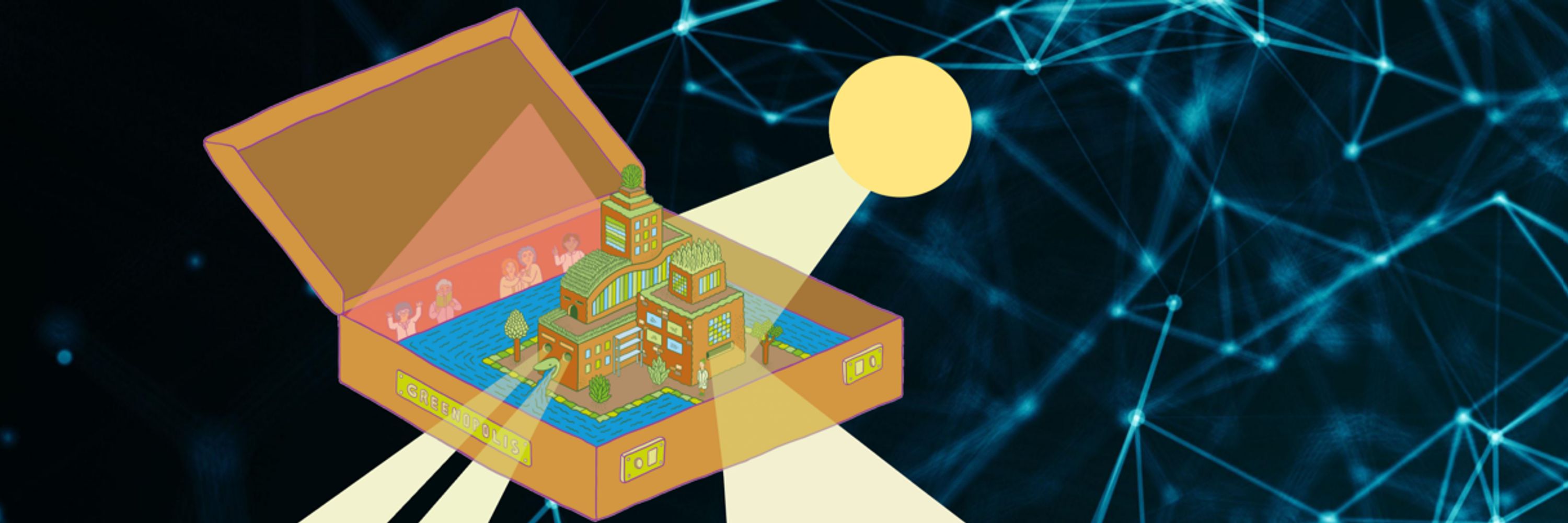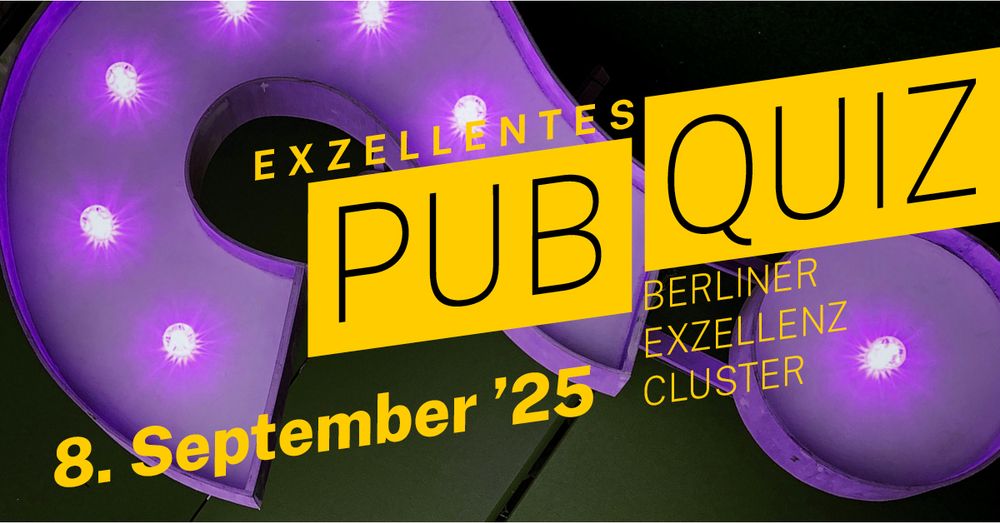UniSysCat
@unisyscat.bsky.social
110 followers
72 following
180 posts
UniSysCat is the Cluster of Excellence Unifying Systems in Catalysis. We revolutionize catalysis research by learning from nature. Let's shape the chemistry of tomorrow: green & sustainable.
🌍 https://www.unisyscat.de/
Posts
Media
Videos
Starter Packs
Pinned






















